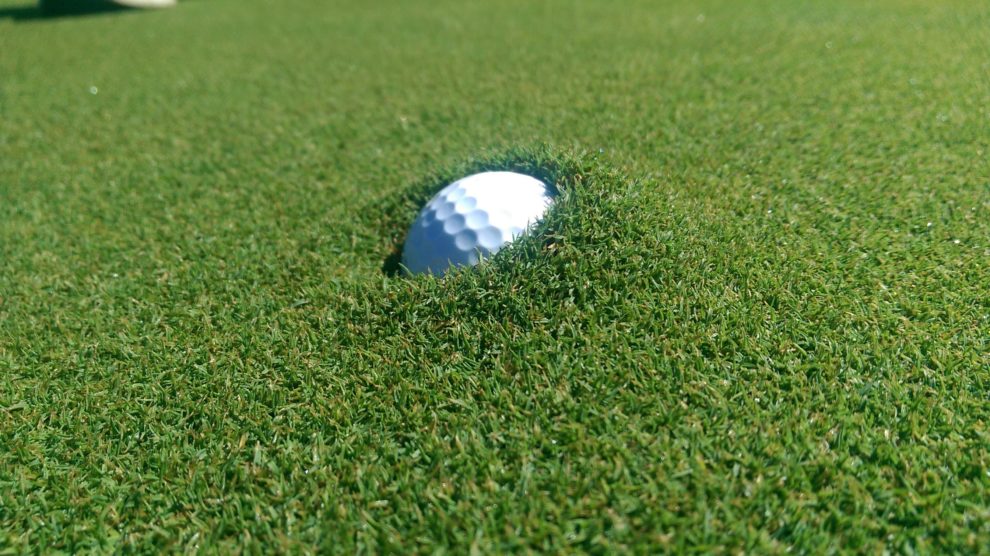When most golfers find a ball plugged in the turf on a golf course, they pull the ball out and take relief without thinking about it. If the ball is in the ground, it's pretty darn hard to hit it out, so these golfers figure the Rules of Golf allow them to drop without penalty.
However, the golf rules for embedded-ball relief have long held that a golfer can only take relief when the ball is in a closely mowed area -- that is, a part of the course where the grass is at fairway height or lower. That meant golfers could not take free relief from a plugged ball in grass that's rough length or higher.
Under the 2019 Rules of Golf, though, embedded-ball relief will no longer depend on grass length.
Relief in the 'general area'
As part of the new golf rules, the USGA and R&A have declared a player can take free embedded-ball relief in any part of the course deemed the "general area." The "general area" is what was once called "through the green," which is the area of the golf course that isn't the tee box and putting green of the hole being played, hazards or bunkers.
This means golfers can now take free plugged-ball relief in the rough. Courses can create a local rule restricting embedded-ball relief further, but the rule now is more open as opposed to more closed. The default is to offer embedded-ball relief, not to restrict it.
This change was made because the rest of the Rules of Golf do not make any kind of restriction or distinction based on grass height. For the sake of consistency, the governing bodies figure this rule shouldn't either.

